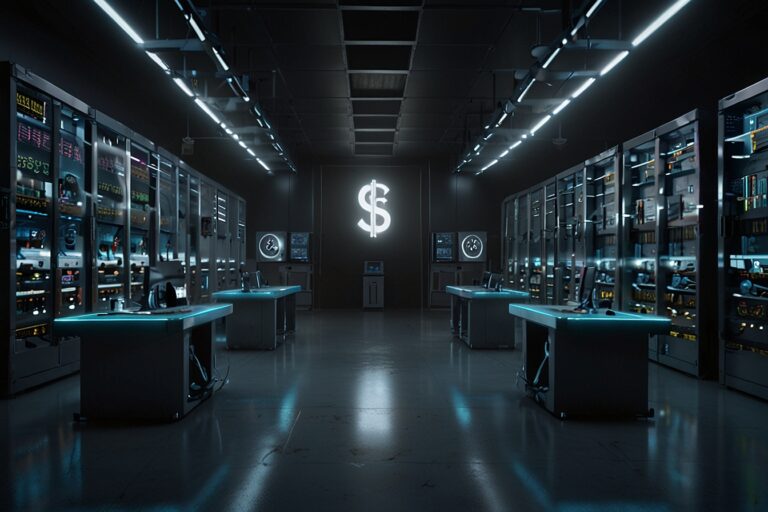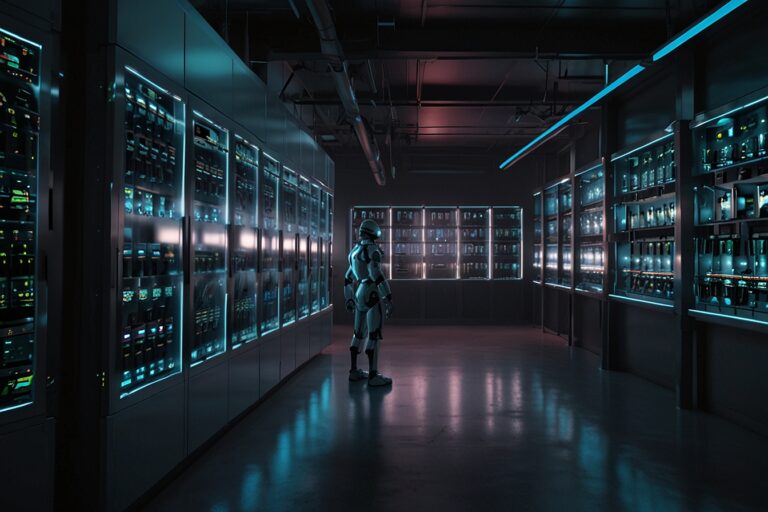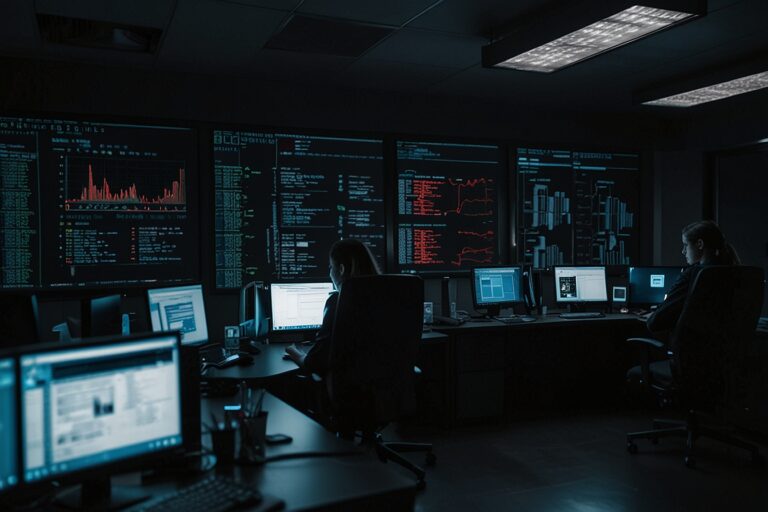
TL;DR
- Robotaxi Launch: Elon Musk teases Tesla’s long-promised robotaxi debut in Austin on June 22 — but even he admits the date is tentative.
- Reputation Damage: Tesla’s brand is suffering due to Musk’s political shift, lagging vehicle lineup, and rising competition from China.
- Market Performance: Tesla stock is down 30% from its December highs as investors await a breakthrough product to restore momentum.
- Political Fallout: Musk’s support of MAGA candidates — and his later fallout with Trump — has alienated multiple consumer and political groups.
Tesla’s Robotaxi Dreams Reignite in Austin
Tesla CEO Elon Musk is once again promoting his long-awaited robotaxi vision, this time with a tentative event date of June 22 in Austin, Texas. The proposed “Cybercab” pilot aims to demonstrate Tesla’s autonomous vehicle tech, but Musk has already warned the date is not guaranteed, saying the company is being “super paranoid about safety.”
Despite years of bold promises, Tesla has yet to launch a commercially viable robotaxi network. The company’s Full Self-Driving (FSD) software — the backbone of any autonomous service — is still under development and has been widely criticized for lacking reliability and regulatory clearance.
“This is a proof-of-concept, not a rollout,” said GLJ Research analyst Gordon Johnson, a long-time Tesla skeptic.
In contrast, Waymo, Alphabet’s autonomous car division, launched paid driverless services as early as 2020 and currently operates in San Francisco, Phoenix, Los Angeles, and even Austin — where Tesla now hopes to compete.
From Darling to Divisive: Tesla’s Image Problem
Tesla’s decline from a climate-forward luxury brand to a politically polarizing tech entity has been swift. Once beloved by liberal, sustainability-conscious consumers, Tesla’s brand has become tightly interwoven with Musk’s personal political leanings — particularly his alignment with far-right causes.
Musk’s MAGA affiliation and outspoken social media behavior are driving away key demographics, particularly as Chinese EV makers gain ground in core markets. Tesla’s flagship Cybertruck, hailed as revolutionary at its unveiling, has so far underperformed relative to expectations.
Additionally, Tesla’s other EV models are showing their age, with some customers reporting difficulty in reselling their vehicles due to falling demand and resale values.
The Data
Tesla at a Glance – Robotaxi & Market Context
| Metric | Value | Source |
| Tentative Robotaxi Launch Date | June 22, 2025 | CNN |
| Tesla Stock Decline Since December High | -30% | Yahoo Finance |
| Waymo Paid Rides Per Week | 250,000 | Waymo Blog |
| Tesla’s Cybertruck Reception | Below Expectations | The Verge |
| Musk’s Political Spending (2024) | ~$300M | FEC Data |
| FSD Rollout Status | Incomplete/Non-commercial | Tesla Investor Relations |
Flash Over Function: Cybercab’s First Impression
Tesla’s previous Cybercab debut, held last fall, aimed to impress. But instead, shares fell 9% the next day, as critics noted the event offered few concrete details. The demonstration included robot hosts that were secretly operated by humans behind the scenes.
Tesla did not provide clear answers about how its unfinished FSD would improve, nor did it commit to a realistic timeline for commercial deployment.
The upcoming Austin showcase is expected to be a demonstration event, not a regulatory submission or mass rollout, suggesting that commercial viability may still be years away.
Musk’s Political Gambles Backfire
Musk’s political moves have alienated both ends of the spectrum. After spending nearly $300 million supporting MAGA-aligned candidates and causes — including Donald Trump’s 2024 campaign — Musk quickly soured on the former president, publicly distancing himself in a series of social media outbursts.
He also invested $20 million in a failed attempt to install a conservative Wisconsin Supreme Court justice. The move backfired, energizing liberal voters and leading to a decisive 10-point win for the progressive candidate.
“He’s got a problem,” Trump recently told CNN, referencing Musk’s political missteps and Tesla’s struggles.
These developments have eroded Musk’s influence, both in Washington and on Wall Street.
Financial Power Has Limits
Despite Musk’s estimated net worth exceeding $180 billion, his attempts to influence politics and reshape media ecosystems have produced mixed results.
His $44 billion purchase of Twitter (now X) intended to create an “everything app” has been widely criticized. The platform’s removal of moderation guardrails led to an exodus of advertisers and users, turning it into what some now compare to 4chan in both tone and content.
Musk’s media ventures, like his political plays, have strained Tesla’s investor confidence and diluted focus from the automaker’s core mission.
What’s Next for Tesla and the Robotaxi Project?
Tesla’s June 22 event could mark a turning point — if the company delivers more than just flashy demos. Key factors that analysts and investors will watch include:
- Improvements to Full Self-Driving (FSD) capabilities
- Third-party audits or safety validations
- Real-world ride testing under regulatory oversight
- New partnerships or mobility platform integrations
Given that Tesla has never previously delivered on its robotaxi timelines, expectations are measured, but the stakes are high.
The company’s stock recovery and public trust may hinge on more than just software — it may depend on whether Musk can separate personal controversies from Tesla’s brand and roadmap.
Bottom Line
Elon Musk is once again turning to bold product teasers — in this case, Tesla’s long-awaited robotaxi fleet — as a reputation management tool. But the future of Tesla hinges not just on what is demonstrated in Austin, but whether Musk can refocus investor attention on innovation over ideology.





